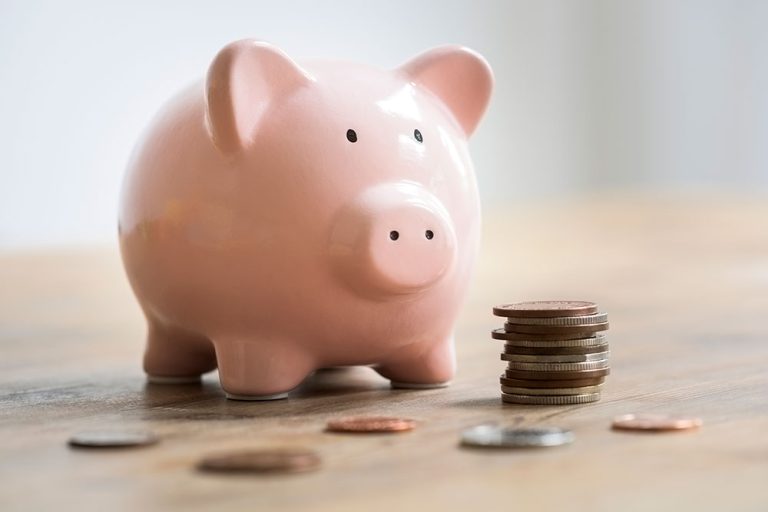3 Popular Budgeting Techniques — No Apps or Software Required
Our Best Affordable Places to Live list has us in a money-saving mood, so we asked our friends at The Penny Hoarder to share some of their best budgeting tips.

Budgeting is one of the most difficult aspects of personal finance. If you don’t already stick to a budget, it can be hard to get started with one.
Apps and online tools can analyze your expenditures, but in order to really get your finances on track, it’s important to stick to a specific budgeting method.
Here are three of the most popular budgeting techniques and how to use them.
Want to Make a Budget-Friendly Move? Discover the 10 Best Affordable Places to Live in America
50/30/20 Rule
This budgeting rule breaks down the percentages you should spend on different categories based on your take-home pay.
No more than 50% of your income should go toward essential expenses, such as rent, groceries, utilities and other essential bills.
The 30% is for non-essentials, which includes eating out, going shopping or seeing a movie.
The 20% is the minimum amount you should be putting toward major financial goals, such as saving for retirement or paying off debts.
I personally like this budgeting rule because it gives you easy, clear-cut numbers to use as a guideline. Take your monthly income and divide it by two — you shouldn’t be spending more than that on essentials.
This method can also be difficult though, because not everyone makes enough money to only spend half their income on essentials. If you can’t stick to these percentages exactly, that’s fine too. You can still use them as a general guideline for your spending categories.
Zero-Sum Budget
Zero-sum budgeting operates on the principle of telling every single dollar where to go. It takes some careful planning, but every dollar has its place.
With this method, you’ll start by analyzing your spending for a couple of months. You can use a budgeting website or app to break down your most common spending categories and see how much you spend in each area. Include both essential and non-essential categories, such as groceries, eating out, rent, clothing, etc.
Once you know what you typically spend in each category, set a monthly dollar amount you’re allowed to spend. If you think the $600 you spent on groceries last month is a little high, limit yourself to $500 this month.
This is pretty easy to do, especially if your income is consistent month-to-month. Even if you don’t have consistent income, you’re looking at what you earned last month to plan for this month. You can adjust the budget accordingly if you plan to earn more or less in the coming months.
The benefit of a zero-sum budget is you know where all your money is going. If you’re used to having $150 left in your bank account before getting paid, plan to save that $150 instead of being tempted to spend it on something you don’t really need. This budget also helps you spend less in problem areas you identified after analyzing your previous spending.
The Envelope Method
This method is a bit more old school than the rest. The envelope method requires you to subtract all your expenses from your income and put the amount for each expense into an envelope. And yes, this will require you to take out cash from your bank and put it in a physical envelope somewhere safe at home.
Use this method for anywhere from three to five variable expenses, such as groceries, clothing and entertainment. Your fixed bills, like rent, internet and utilities can stay in your regular bank account.
Once you’ve spent all the cash from one category, you can’t spend more in that area until your next paycheck. If you end up with leftover money leftover, use it to pay off any debts or stash it in your savings account.
Using tangible money instead of swiping your card and looking at the charges later helps with discipline. It’s easy to overspend using a credit card, but if you only have $40 left in cash it’s impossible to spend more than that.
Budgeting is all about figuring out what’s best for you and adapting to fit your financial needs — whether you’re looking to cut spending to pay off debts or just want to be a bit more financially responsible. Regardless of which method you choose, these budgeting tactics will help guide your finances in the right direction.
